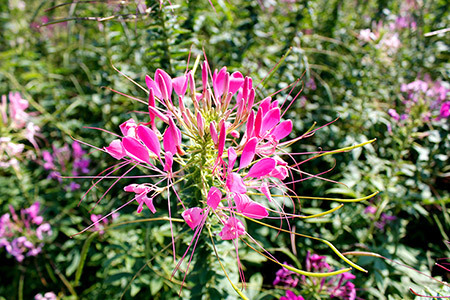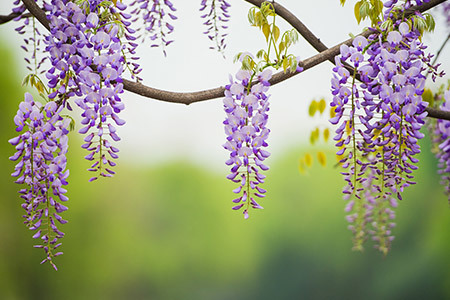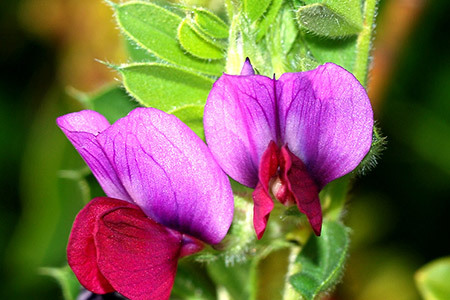Planting Technology for Sweet Sorghum for Feed
Sorghum for feed, Sudan grass, and Guinea grass are all classified as grasses in the Sorghum genus, collectively referred to as Sorghum grasses. They possess characteristics such as tolerance to early growth, heat, saline-alkali conditions, and pests. Feed sorghum has tall plants, high yield, and strong resistance; Sudan grass has good regrowth, is tolerant to cutting, has low cyanide content, and good feed quality; Guinea grass is a hybrid between sorghum and Sudan grass, with biological yield and regrowth characteristics that are intermediate between the two.
Classification:
Forage and green manure seeds
Telephone:
Product Description
Forage sorghum, Sudan grass, and highland grass are all classified as sorghum grasses, collectively referred to as sorghum grasses, characterized by their resistance to early frost, heat, salinity, and other conditions. Forage sorghum has tall plants, high yield, and strong resistance; Sudan grass has good regrowth, is tolerant to cutting, has low cyanide content, and good forage quality; highland grass is a hybrid of sorghum and Sudan grass, with biological yield high and regrowth characteristics between those of sorghum and Sudan grass.
I. Growth Characteristics of Sorghum Grasses
They prefer warm and humid climatic conditions. Early-maturing varieties take 50-75 days from germination to flowering, medium-maturing varieties take 75-100 days, mid-late maturing varieties take 100-125 days, and late-maturing varieties take 125-150 days. They are short-day plants, and some varieties cannot set seed in the north. They grow fastest at daytime temperatures of 27-32°C, and growth stops at daytime temperatures of 12°C and nighttime temperatures of 4°C. They are sensitive to frost, intolerant to shade, and require ample sunlight for growth. They are not strict about soil requirements and can adapt to various soils such as clay and sandy soil.
II. Cultivation Techniques
1. Land Preparation
Combine deep loosening or deep plowing with the application of base fertilizer. The topsoil should be finely tilled as much as possible, and then compacted to form a seedbed that is firm on top and loose underneath. Well-rotted organic fertilizer is the best base fertilizer, with a suitable amount of 30-45 tons per hectare, and high-phosphorus compound fertilizer should be used as the base fertilizer.
2. Sowing Techniques
Suitable for spring or summer sowing. Sow in spring when the surface soil temperature stabilizes at 10°C; seedlings grow slowly in low temperatures, and even after the temperature rises, they cannot quickly resume growth, so spring sowing should not be too early. Summer sowing should be done early to avoid affecting yield. Row spacing should be 15-30 cm; in dry areas, row spacing can be increased to 50 cm. Sowing depth should be 1.5-3.0 cm, with a sowing amount of 1.5-2.0 kg per mu for irrigated land; increasing the sowing amount reduces stem diameter, which is beneficial for improving the leaf-to-stem ratio of forage. In the north, the sowing amount should be 1 kg per mu.
3. Water and Fertilizer Management
The better the soil moisture condition, the greater the amount of fertilizer that should be applied. Nitrogen fertilizer is mainly used as top dressing, applied at 40-80 kg per hectare during the growth period and after each cutting. Phosphorus fertilizer can be applied as a one-time base fertilizer, usually at a rate of 30-60 kg of phosphorus (P2O5) per hectare; for particularly phosphorus-deficient plots, it can be increased to 120 kg per hectare. The amount of potassium fertilizer (K2O) is generally 60-120 kg per hectare, with 1/3-1/2 of the potassium fertilizer applied as base fertilizer, and the remainder can be used as top dressing along with nitrogen fertilizer. Properly managing seedling density after emergence helps improve the plants' resistance to early frost.
III. Pest and Weed Control
Weeds: Soil sealing can use practical soil sealing herbicides suitable for corn fields. After the seedlings emerge, they are less susceptible to weed damage; during the seedling stage, atrazine can be selected, and broadleaf weeds can also be controlled with herbicides such as 2,4-D.
Pests: There are fewer pest occurrences in northern regions.
IV. Harvesting and Utilization
It can be used for grazing, green feeding, and making hay. Cut to a height of 10-15 cm; cutting too low will affect regrowth. For green feeding or making hay: multiple cuttings can be used for green feeding or making hay. Forage sorghum should be cut when the plant height is 70-120 cm, and Sudan grass should be cut when it is 50-70 cm; cutting too late will lead to lignification, which reduces nutritional content. For silage, it is best to choose varieties with high grain yield and cut once in the autumn, with the suitable harvesting period being at the wax maturity stage. If choosing mid-late maturing varieties that do not set seed, cutting too early will result in too high moisture content.
If the moisture content is too high, it will be difficult to make silage; it is advisable to cut 1-2 times to produce hay, and then harvest for silage when the moisture content of the plants decreases to 70% after frost.
V. Cyanide Content
Sudan grass has a relatively low cyanide content, but caution is needed. In case of cyanide poisoning, immediately use sulfur for detoxification.
Key words:
Immediate consultation
If you are interested in our products, please leave your email, we will contact you as soon as possible, thank you!
Product recommend
RELATED INFORMATION
02
/
12
News dynamics
01
/
30
News dynamics
07
/
17
News dynamics
04
/
18
News dynamics
01
/
19
News dynamics
Urban greening is an important component of urban construction.







